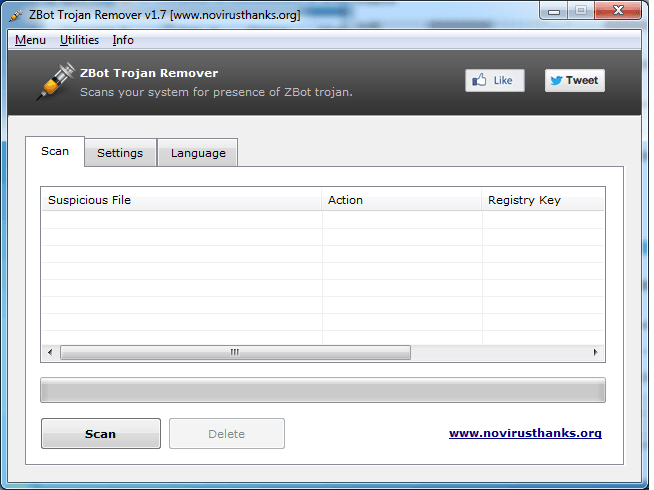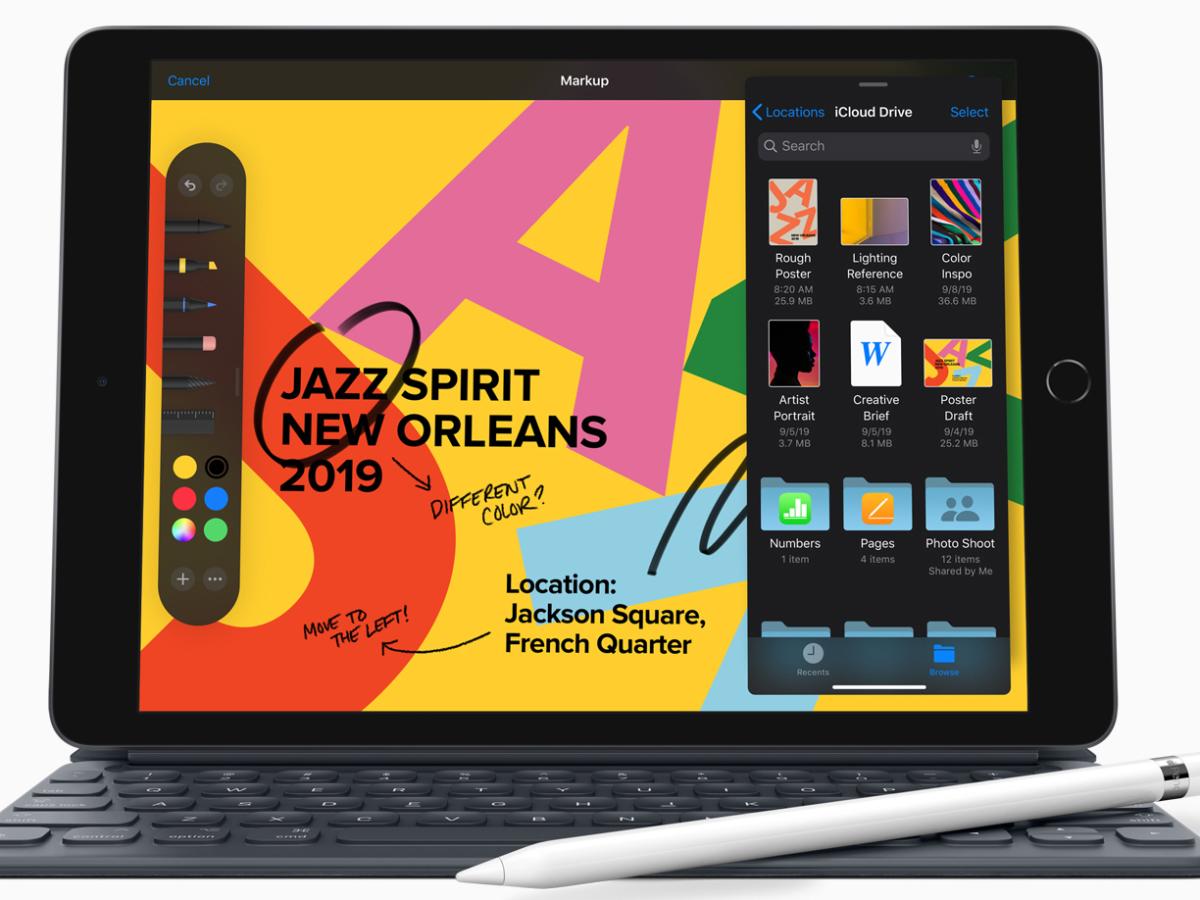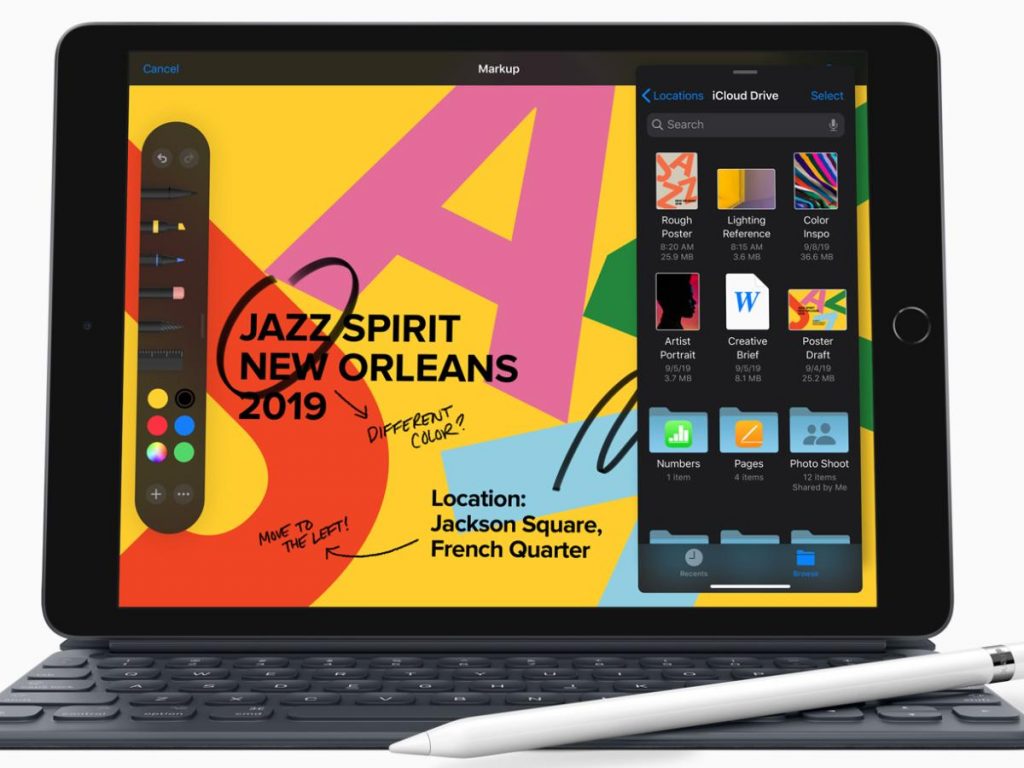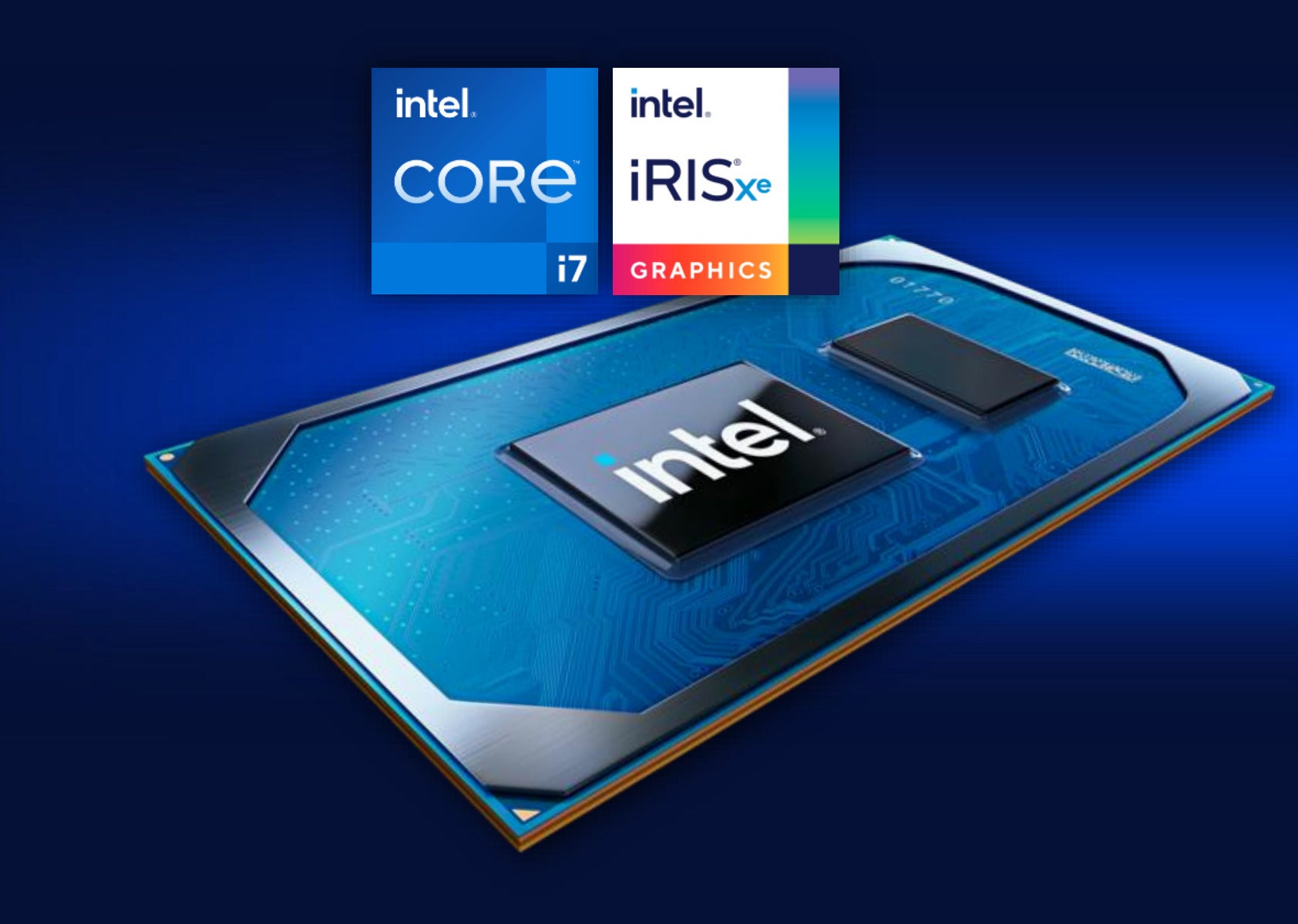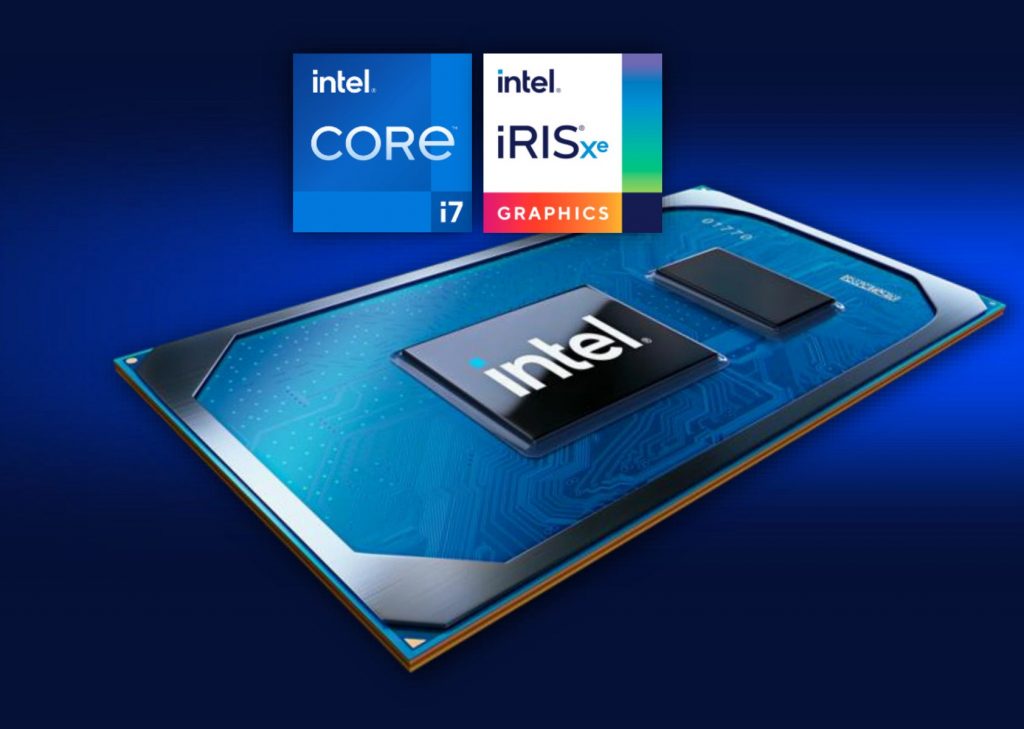RPA vs cognitive automation: What are the key differences?

You can rebuild manual workflows and connect everything to your existing systems without writing a single line of code.If you liked this blog post, you’ll love Levity. The concept alone is good to know but as in many cases, the proof is in the pudding. The next step is, therefore, to determine the ideal cognitive automation approach and thoroughly evaluate the chosen solution. You can also check out our success stories where we discuss some of our customer cases in more detail. As mentioned above, cognitive automation is fueled through the use of Machine Learning and its subfield Deep Learning in particular.
To manage this enormous data-management demand and turn it into actionable planning and implementation, companies must have a tool that provides enhanced market prediction and visibility. Please be informed that when you click the Send button Itransition Group will process your personal data in accordance with our Privacy notice for the purpose of providing you with appropriate information. SS&C Blue Prism enables business leaders of the future to navigate around the roadblocks of ongoing digital transformation in order to truly reshape and evolve how work gets done – for the better. All of these create chaos through inventory mismatches, ongoing product research and development, market entry, changing customer buying patterns, and more. This occurs in hyper-competitive industry sectors that are being constantly upset by startups and entrepreneurs who are more adaptable (or simply lucky) in how they meet ongoing consumer demand.
Cognitive automation describes diverse ways of combining artificial intelligence (AI) and process automation capabilities to improve business outcomes. Itransition offers full-cycle AI development to craft custom process automation, cognitive assistants, personalization and predictive analytics solutions. According to IDC, AI use cases that will see the most investment this year are automated customer service agents, sales process recommendation and automation and automated threat intelligence and prevention systems. By automating tasks that are prone to human errors, cognitive automation significantly reduces mistakes, ensuring consistently high-quality output. This is particularly crucial in sectors where precision are paramount, such as healthcare and finance.
Traditionally cognitive capabilities were the realm of data analytics and digitization. Robotic Process Automation (RPA) works best if you have a structured process, involves a large volume of data and is rule based. You can foun additiona information about ai customer service and artificial intelligence and NLP. If this process involves complex, unstructured data that requires human intervention then Cognitive automation is the answer. Cognitive process automation can automate complex cognitive tasks, enabling faster and more accurate data and information processing. This results in improved efficiency and productivity by reducing the time and effort required for tasks that traditionally rely on human cognitive abilities. RPA imitates manual effort through keystrokes, such as data entry, based on the rules it’s assigned.
Differences Between RPA and Cognitive Automation
The NLP-based software was used to interpret practitioner referrals and data from electronic medical records to identify the urgency status of a particular patient. First, a bot pulls data from medical records for the NLP model to analyze it, and then, based on the level of urgency, another bot places the patient in the appointment booking system. Essentially, cognitive automation within RPA setups allows companies to widen the array of automation scenarios to handle unstructured data, analyze context, and make non-binary decisions. Cognitive automation tools can handle exceptions, make suggestions, and come to conclusions. Companies looking for automation functionality will likely consider both Robotic Process Automation (RPA) and cognitive automation systems. While both traditional RPA and cognitive automation provide smart and efficient process automation tools, there are many differences in scope, methodology, processing capabilities, and overall benefits for the business.
Task mining and process mining analyze your current business processes to determine which are the best automation candidates. They can also identify bottlenecks and inefficiencies in your processes so you can make improvements before implementing further technology. AI and ML are fast-growing advanced technologies that, when augmented with automation, can take RPA to the next level.
Cognitive automation, therefore, marks a radical step forward compared to traditional RPA technologies that simply copy and repeat the activity originally performed by a person step-by-step. Automated processes can only function effectively as long as the decisions follow an “if/then” logic without needing any human judgment in between. However, this rigidity leads RPAs to fail to retrieve meaning and process forward unstructured data. The integration of these components creates a solution that powers business and technology transformation.
For example, an enterprise might buy an invoice-reading service for a specific industry, which would enhance the ability to consume invoices and then feed this data into common business processes in that industry. Cognitive automation streamlines operations by automating repetitive tasks, quicker task completion and freeing up human for more complex roles. Cognitive automation is the strategic integration of artificial intelligence (AI) and process automation, aimed at enhancing business outcomes.
This approach ensures end users’ apprehensions regarding their digital literacy are alleviated, thus facilitating user buy-in. Upon claim submission, a bot can pull all the relevant information from medical records, police reports, ID documents, while also being able to analyze the extracted information. Then, the bot can automatically classify claims, issue payments, or route them to a human employee for further analysis.
Cognitive automation can uncover patterns, trends and insights from large datasets that may not be readily apparent to humans. By automating cognitive tasks, organizations can reduce labor costs and optimize resource allocation. Automated systems can handle tasks more efficiently, requiring fewer human resources and allowing employees to focus on higher-value activities. To reap the highest rewards and return on investment (ROI) for your automation project, it’s important to know which tasks or processes to automate first so you know your efforts and financial investments are going to the right place. Sentiment analysis or ‘opinion mining’ is a technique used in cognitive automation to determine the sentiment expressed in input sources such as textual data.
Furthermore, we show how the phenomenon of cognitive automation can be instantiated by Machine Learning-facilitated BPA systems that operate along the spectrum of lightweight and heavyweight IT implementations in larger IS ecosystems. Based on this, we describe the relevance and opportunities of cognitive automation in Information Systems research. RPA primarily deals with structured data and predefined rules, whereas cognitive automation can handle unstructured data, making sense of it through natural language processing and machine learning. For example, a cognitive automation application might use a machine learning algorithm to determine an interest rate as part of a loan request. RPA automates routine and repetitive tasks, which are ordinarily carried out by skilled workers relying on basic technologies, such as screen scraping, macro scripts and workflow automation.
By transforming work systems through cognitive automation, organizations are provided with vast strategic opportunities to gain business value. However, research lacks a unified conceptual lens on cognitive automation, which hinders scientific progress. Thus, based on a Systematic Literature Review, we describe the fundamentals of cognitive automation and provide an integrated conceptualization. We provide an overview of the major BPA approaches such as workflow management, robotic process automation, and Machine Learning-facilitated BPA while emphasizing their complementary relationships.
The Demise Of The Dumb Bots & The Four Levels Of Cognitive Automation – Forbes
The Demise Of The Dumb Bots & The Four Levels Of Cognitive Automation.
Posted: Fri, 30 Aug 2019 07:00:00 GMT [source]
CIOs will need to assign responsibility for training the machine learning (ML) models as part of their cognitive automation initiatives. Cognitive automation creates new efficiencies and improves the quality of business at the same time. As organizations in every industry are putting cognitive automation at the core of their digital and business transformation strategies, there has been an increasing interest in even more advanced capabilities and smart tools.
Structured vs. unstructured
Cognitive Automation is the conversion of manual business processes to automated processes by identifying network performance issues and their impact on a business, answering with cognitive input and finding optimal solutions. Addressing the challenges most often faced by network operators empowers predictive operations over reactive solutions. Over time, these pre-trained systems can form their own connections automatically to continuously learn and adapt to incoming data. Facilitated by AI technology, the phenomenon of cognitive automation extends the scope of deterministic business process automation (BPA) through the probabilistic automation of knowledge and service work.
According to IDC, spending on cognitive and AI systems will reach $77.6 billion in 2022, more than three times the $24.0B forecast for 2018. Banking and retail will be the two industries making the largest investments in cognitive/AI systems. (IDC, 2019) Cognitive automation mimics human behaviour and is applied on task which normally requires human intelligence like interpretation of unstructured data, understand patterns or make judgement calls.
Now the time is right for businesses to look at combining RPA with cognitive technologies to stay ahead of the competition. One of the foremost challenges before cognitive automation adoption is organizations need to build a culture that encourages the human workforce to accept, adapt, and work alongside the digital workforce. RPA uses technologies like screen scraping, workflow automation whereas Cognitive automation relies on technologies like OCR, ML and NLP. RPA provides immediate Return on Investment (ROI) whereas Cognitive automation takes more time for realization.
It can also scan, digitize, and port over customer data sourced from printed claim forms which would traditionally be read and interpreted by a real person. Intelligent automation simplifies processes, frees up resources and improves operational efficiencies through various applications. An insurance provider can use intelligent automation to calculate payments, estimate rates and address compliance needs. This is being accomplished through artificial intelligence, which seeks to simulate the cognitive functions of the human brain on an unprecedented scale.
An example of cognitive automation is in the field of customer support, where a company uses AI-powered chatbots to provide assistance to customers. Cognitive automation maintains regulatory compliance by analyzing and interpreting complex regulations and policies, then implementing those into the digital workforce’s tasks. It also helps organizations identify potential risks, monitor compliance adherence and flag potential fraud, errors or missing information. The human brain is wired to notice patterns even where there are none, but cognitive automation takes this a step further, implementing accuracy and predictive modeling in its AI algorithm.
“Cognitive automation, however, unlocks many of these constraints by being able to more fully automate and integrate across an entire value chain, and in doing so broaden the value realization that can be achieved,” Matcher said. We won’t go much deeper into the technicalities of Machine Learning here but if you are new to the subject and want to dive into the matter, have a look at our beginner’s guide to how machines learn.

The COVID-19 pandemic has only expedited digital transformation efforts, fueling more investment within infrastructure to support automation. Individuals focused on low-level work will be reallocated to implement and scale these solutions as well as other higher-level tasks. Claims processing, one of the most fundamental operations in insurance, can be largely optimized by cognitive automation. Many insurance companies have to employ massive teams to handle claims in a timely manner and meet customer expectations. Insurance businesses can also experience sudden spikes in claims—think about catastrophic events caused by extreme weather conditions. It’s simply not economically feasible to maintain a large team at all times just in case such situations occur.
Conversely, cognitive automation learns the intent of a situation using available senses to execute a task, similar to the way humans learn. It then uses these senses to make predictions and intelligent choices, thus allowing for a more resilient, adaptable system. Newer technologies live side-by-side with the end users or intelligent agents observing data streams — seeking opportunities for automation and surfacing those to domain experts. One concern when weighing the pros and cons of RPA vs. cognitive automation is that more complex ecosystems may increase the likelihood that systems will behave unpredictably.
What is cognitive automation?
In this case, cognitive automation takes this process a step further, relieving humans from analyzing this type of data. Similar to the aforementioned AML transaction monitoring, ML-powered bots can judge situations based on the context and real-time analysis of external sources like mass media. Cognitive automation utilizes data mining, text analytics, artificial intelligence (AI), machine learning, and automation to help employees with specific analytics tasks, without the need for IT or data scientists. Cognitive automation simulates human thought and subsequent actions to analyze and operate with accuracy and consistency. This knowledge-based approach adjusts for the more information-intensive processes by leveraging algorithms and technical methodology to make more informed data-driven business decisions. Another viewpoint lies in thinking about how both approaches complement process improvement initiatives, said James Matcher, partner in the technology consulting practice at EY, a multinational professional services network.
Cognitive automation, or IA, combines artificial intelligence with robotic process automation to deploy intelligent digital workers that streamline workflows and automate tasks. It can also include other automation approaches such as machine learning (ML) and natural language processing (NLP) to read and analyze data in different formats. Cognitive automation works by combining the power of artificial intelligence (AI) and automation to enable systems to perform tasks that typically require human intelligence.
Cognitive automation performs advanced, complex tasks with its ability to read and understand unstructured data. It has the potential to improve organizations’ productivity by handling repetitive or time-intensive tasks and freeing up your human workforce to focus on more strategic activities. Traditional RPA is mainly limited to automating processes (which may or may not involve structured data) that need swift, repetitive actions without much contextual analysis or dealing with contingencies. In other words, the automation of business processes provided by them is mainly limited to finishing tasks within a rigid rule set. That’s why some people refer to RPA as “click bots”, although most applications nowadays go far beyond that.
But when complex data is involved it can be very challenging and may ask for human intervention. By augmenting RPA with cognitive technologies, the software can take into account a multitude of risk factors and intelligently assess them. This implies a significant decrease in false positives and an overall enhanced reliability of autonomous transaction monitoring.
- By augmenting RPA solutions with cognitive capabilities, companies can achieve higher accuracy and productivity, maximizing the benefits of RPA.
- Another viewpoint lies in thinking about how both approaches complement process improvement initiatives, said James Matcher, partner in the technology consulting practice at EY, a multinational professional services network.
- This article will explain to you in detail which cognitive automation solutions are available for your company and hopefully guide you to the most suitable one according to your needs.
- Attempts to use analytics and create data lakes are viable options that many companies have adopted to try and maximize the value of their available data.
Data governance is essential to RPA use cases, and the one described above is no exception. An NLP model has been successfully trained on sufficient practitioner referral data. For the clinic to be sure about output accuracy, it was critical for the model to learn which exact combinations of word patterns and medical data cues lead to particular urgency status results. Currently there is some confusion about what RPA is and how it differs from cognitive automation. RPA and Cognitive Automation differ in terms of, task complexity, data handling, adaptability, decision making abilities, & complexity of integration. Make your business operations a competitive advantage by automating cross-enterprise and expert work.
This Week In Cognitive Automation: AI Ethics Take Center Stage And The Future of Employee Engagement
This is why it’s common to employ intermediaries to deal with complex claim flow processes. These technologies allow cognitive automation tools to find patterns, discover relationships between a myriad of different data points, make predictions, and enable self-correction. By augmenting RPA solutions with cognitive capabilities, companies can achieve higher accuracy and productivity, maximizing the benefits of RPA. RPA is relatively easier to integrate into existing systems and processes, while cognitive process automation may require more complex integration due to its advanced AI capabilities and the need for handling unstructured data sources. While RPA systems follow predefined rules and instructions, cognitive automation solutions can learn from data patterns, adapt to new scenarios, and make intelligent decisions, enhancing their problem-solving capabilities.
In sectors with strict regulations, such as finance and healthcare, cognitive automation assists professionals by identifying potential risks. It ensures compliance with industry standards, and providing a reliable framework for handling sensitive data, fostering a sense of security among stakeholders. IA or cognitive automation has a ton of real-world applications across sectors and departments, from automating HR employee onboarding and payroll to financial loan processing and accounts payable. “RPA is a great way to start automating processes and cognitive automation is a continuum of that,” said Manoj Karanth, vice president and global head of data science and engineering at Mindtree, a business consultancy. For example, in an accounts payable workflow, cognitive automation could transform PDF documents into machine-readable structure data that would then be handed to RPA to perform rules-based data input into the ERP. It infuses a cognitive ability and can accommodate the automation of business processes utilizing large volumes of text and images.

After their successful implementation, companies can expand their data extraction capabilities with AI-based tools. For example, one of the essentials of claims processing is first notice of loss (FNOL). When it comes to FNOL, there is a high variability in data formats and a high rate of exceptions. Customers submit claims using various templates, can make mistakes, and attach unstructured data in the form of images and videos. Cognitive automation can optimize the majority of FNOL-related tasks, making a prime use case for RPA in insurance. Both cognitive automation and intelligent process automation fall within the category of RPA augmented with certain intelligent capabilities, where cognitive automation has come to define a sub-set of AI implementation in the RPA field.
Cognitive automation is more expensive and may take longer to implement than traditional RPA tools in specific scenarios. AI models require extensive training in order to produce an algorithm that is highly optimized to perform one task. AI is still at its infancy, it learns by example, most technologies like NLP, OCR or ML has not yet been perfected or matured, this leaves room for error and require close attention. RPA usage has primarily focused on the manual activities of processes and was largely used to drive a degree of process efficiency and reduction of routine manual processing. Cognitive automation has proven to be effective in addressing those key challenges by supporting companies in optimizing their day-to-day activities as well as their entire business.
This technology uses algorithms to interpret information, make decisions, and execute actions to improve efficiency in various business processes. Since cognitive automation can analyze complex data from various sources, it helps optimize processes. Unlike other types of AI, such as machine learning, or deep learning, cognitive automation solutions imitate the way humans think.
Many of them have achieved significant optimization of this challenge by adopting cognitive automation tools. Thus, cognitive automation represents a leap forward in the evolutionary chain of automating processes – reason enough to dive a bit deeper into cognitive automation and how it differs from traditional process automation solutions. Given its potential, companies are starting to embrace this new technology in their processes. According to a 2019 global business survey by Statista, around 39 percent of respondents confirmed that they have already integrated cognitive automation at a functional level in their businesses.

IA is capable of advanced data analytics techniques to process and interpret large volumes of data quickly and accurately. This enables organizations to gain valuable insights into their processes so they can make data-driven decisions. And using its AI capabilities, a digital worker can even identify patterns or trends that might have gone previously unnoticed by their human counterparts. It mimics human behavior and intelligence to facilitate decision-making, combining the cognitive ‘thinking’ aspects of artificial intelligence (AI) with the ‘doing’ task functions of robotic process automation (RPA). RPA is a simple technology that completes repetitive actions from structured digital data inputs.
With AI, organizations can achieve a comprehensive understanding of consumer purchasing habits and find ways to deploy inventory more efficiently and closer to the end customer. As the predictive power of artificial intelligence is on the rise, it gives companies the methods and algorithms necessary to digest huge data sets and present the user with insights that are relevant to specific inquiries, circumstances, or goals. The biggest challenge is that cognitive automation requires customization and integration work specific to each enterprise. This is less of an issue when cognitive automation services are only used for straightforward tasks like using OCR and machine vision to automatically interpret an invoice’s text and structure. More sophisticated cognitive automation that automates decision processes requires more planning, customization and ongoing iteration to see the best results.
Most businesses are only scratching the surface of cognitive automation and are yet to uncover their full potential. A cognitive automation solution may just be what it takes to revitalize resources and take operational performance to the next level. Besides the application at hand, we found that two important dimensions lay in (1) the budget and (2) the required Machine Learning capabilities. This article will explain to you in detail which cognitive automation solutions are available for your company and hopefully guide you to the most suitable one according to your needs. Processing claims is perhaps one of the most labor-intensive tasks faced by insurance company employees and thus poses an operational burden on the company.
Cognitive automation techniques can also be used to streamline commercial mortgage processing. This task involves assessing the creditworthiness of customers by carefully inspecting tax reports, business plans, and mortgage applications. Given that the majority of today’s banks have an online application process, cognitive bots can source relevant data from submitted documents and make an informed prediction, which will https://chat.openai.com/ be further passed to a human agent to verify. For example, cognitive automation can be used to autonomously monitor transactions. While many companies already use rule-based RPA tools for AML transaction monitoring, it’s typically limited to flagging only known scenarios. Such systems require continuous fine-tuning and updates and fall short of connecting the dots between any previously unknown combination of factors.
The coolest thing is that as new data is added to a cognitive system, the system can make more and more connections. This allows cognitive automation systems to keep learning unsupervised, and constantly adjusting to the new information they are being fed. This makes it easier for business users to provision and customize cognitive automation that reflects their expertise and familiarity with the business. In practice, they may have to work with tool experts to ensure the services are resilient, are secure and address any privacy requirements. Exponential Digital Solutions (10xDS) is a new age organization where traditional consulting converges with digital technologies and innovative solutions.
CIOs also need to address different considerations when working with each of the technologies. RPA is typically programmed upfront but can break when the applications it works with change. Cognitive automation requires more in-depth training and may need updating as the characteristics of the data set evolve. But at the end of the day, both are considered complementary rather than competitive approaches to addressing different aspects of automation. While they are both important technologies, there are some fundamental differences in how they work, what they can do and how CIOs need to plan for their implementation within their organization. Levity is a tool that allows you to train AI models on images, documents, and text data.
RPA is taught to perform a specific task following rudimentary rules that are blindly executed for as long as the surrounding system remains unchanged. An example would be robotizing the daily task of a purchasing agent who obtains pricing information from a supplier’s website. “A human traditionally had to make the decision or execute the request, but now the software is mimicking the human decision-making activity,” Knisley said.
For customers seeking assistance, cognitive automation creates a seamless experience with intelligent chatbots and virtual assistants. It ensures accurate responses to queries, providing personalized support, and fostering a sense of trust in the company’s services. When introducing automation into your business processes, consider what your goals are, from improving customer satisfaction to reducing manual labor for your staff. Consider how you want to use this intelligent technology and how it will help you achieve your desired business outcomes. CIOs are now relying on cognitive automation and RPA to improve business processes more than ever before. RPA is best for straight through processing activities that follow a more deterministic logic.
However, cognitive automation can be more flexible and adaptable, thus leading to more automation. RPA has been around for over 20 years and the technology is generally based on use cases where data is structured, such as entering repetitive information into an ERP when processing invoices. “RPA is a technology that takes the robot out of the human, whereas cognitive automation is the putting of the human into the robot,” said Wayne Butterfield, a director at ISG, a technology research and advisory firm. Let’s break down how cognitive automation bridges the gaps where other approaches to automation, most notably Robotic Process Automation (RPA) and integration tools (iPaaS) fall short.
It represents a spectrum of approaches that improve how automation can capture data, automate decision-making and scale automation. It also suggests a way of packaging AI and automation capabilities for capturing best practices, facilitating reuse or as part of an AI service app store. Upgrading RPA in banking and financial services with cognitive technologies presents a huge opportunity to achieve the same outcomes more quickly, accurately, and at a lower cost. Image recognition cognitive automation definition refers to technologies that identify places, logos, people, objects, buildings, and several other variables in images. Text recognition (OCR) transforms characters from printed /written or scanned documents into an electronic form to be further processed by computers or other software programs. It uses AI algorithms to make intelligent decisions based on the processed data, enabling it to categorize information, make predictions, and take actions as needed.
Yet the way companies respond to these shifts has remained oddly similar–using organizational data to inform business decisions, in the hopes of getting the right products in the right place at the best time to optimize revenue. The human element–that expert mind that is able to comprehend and act on a vast amount of information in context–has remained essential to the planning and implementation process, even as it has become more digital than ever. In the incoming decade, a significant portion of enterprise success will be largely attributed to the maturity of automation Chat PG initiatives. Thinking about cognitive automation as a business enabler rather than a technology investment and applying a holistic approach with clearly defined goals and vision are fundamental prerequisites for cognitive automation implementation success. Cognitive automation enhances the customer experience by providing accurate responses, round-the-clock support, and personalized interactions. This results in increased customer satisfaction, loyalty, and a positive brand image, ultimately leading to business growth and a competitive advantage in the market.

This is why robotic process automation consulting is becoming increasingly popular with enterprises. Relates to computers learning on its own from a large amount of data without the need to be specifically programmed. Prediction for doctors, fraud detection in banks, sentiment analysis like favourite movie recommendation on Netflix, surge pricing on Uber are all real-world machine learning application. This technology is behind driverless cars to identify a stop signal, facial recognition in today’s mobile phones. Through this data analysis, cognitive automation facilitates more informed and intelligent decision-making, leading to improved strategic choices and outcomes. It streamlines operations, reduces manual effort, and accelerates task completion, thus boosting overall efficiency.
“Cognitive RPA is adept at handling exceptions without human intervention,” said Jon Knisley, principal, automation and process excellence at FortressIQ, a task mining tools provider. Cognitive automation expands the number of tasks that RPA can accomplish, which is good. However, it also increases the complexity of the technology used to perform those tasks, which is bad, argued Chris Nicholson, CEO of Pathmind, a company applying AI to industrial operations. IBM Consulting’s extreme automation consulting services enable enterprises to move beyond simple task automations to handling high-profile, customer-facing and revenue-producing processes with built-in adoption and scale.
Ability to analyze large datasets quickly, cognitive automation provides valuable insights, empowering businesses to make data-driven decisions. These chatbots are equipped with natural language processing (NLP) capabilities, allowing them to interact with customers, understand their queries, and provide solutions. Intelligent virtual assistants and chatbots provide personalized and responsive support for a more streamlined customer journey. These systems have natural language understanding, meaning they can answer queries, offer recommendations and assist with tasks, enhancing customer service via faster, more accurate response times.
Read More

